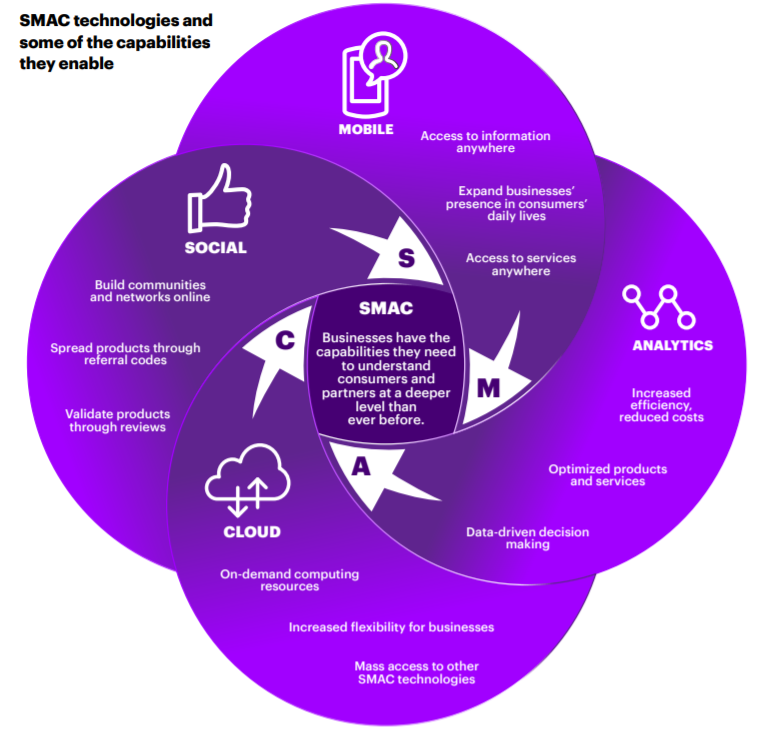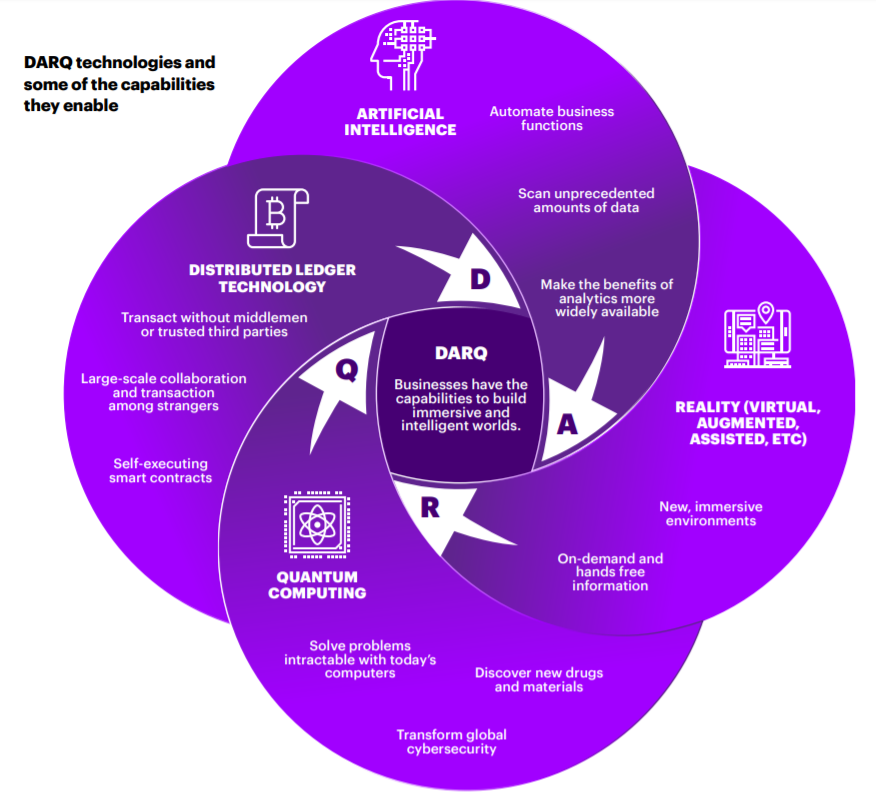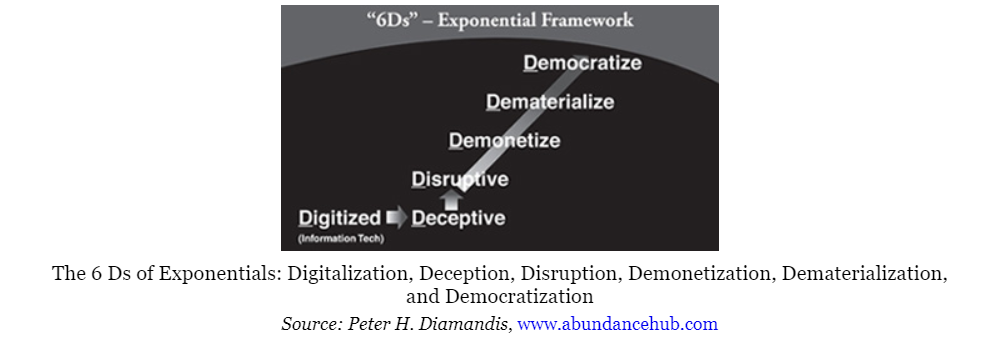The key question coming to mind is, is there an end to digital transformation? When will an organization reach this situation? When can they say or declare that they have completed/achieved the digital transformation? When will an organization know it’s time to cut the celebration cake?
We can ask another question. After the digital transformation, what will be the next phase? Or what we will call it? When an organization completes the process of digitizing operations, transforming back-office applications and customer experience, etc. what is after this?
Gartner is dubbing it as “Continuous Next”, which is the next phase of digital transformation. In 2018, Gartner coined new thinking: From Digital Transformation to Continuous Next.
“What is Continuous Next? ContinuousNext is Gartner’s new position on the capabilities all organizations need to keep up with continuous change driven by technology. ContinuousNext is a formula for success in a world that is constantly changing…through and beyond digital transformation.” described in this article
Accenture is naming it the “post-digital era” in the research published in February 2019. It’s a turning point in digital organization, where more businesses are completing their digital transformation projects and the genesis of the post-digital epoch means the end of digital transformation.
It is a widely accepted notion, and industry experts comment that digital transformation is a continuous process; therefore, it is impossible for businesses to ‘complete’ transformation or ‘declare’ that digital transformation is done. The reason is that technology will continue to advance rapidly, and behavior will also change; you will always be finding the ‘next’. There is no destination; it will always be ‘next’.
The requirement to deliver the latest and greatest has become an organization-wide issue, and viewing digital transformation as the end goal can be dangerous for businesses. As digital transformation projects are reaching the final destination, organizations become more vulnerable to digitally-native competitors, who are constantly pushing the boundaries and looking at how they can further disrupt the market with something new.
As a result of ‘continuous next’ or the ‘post digital era’, organizations have to change the way they view business transformation and consider it a constant process rather than an end goal. Continuous innovation can enable businesses constantly to adapt, evolve, and drive forward change within their field and is the ideal state organizations should be striving to reach.
Organizations have to find the right strategy and rapidly adapt to what’s next; there will ALWAYS be something next.
In the post digital epoch, only getting digital capabilities for organizations as part of a transformation program is no longer serving as a differentiator. According to Accenture, “Organizations need to master the set of new technologies which they have called DARQ: distributed ledger technology, artificial intelligence, extended reality and quantum computing.”
Accenture’s aphorism, during the digital revolution, social, mobile, analytics, and cloud (SMAC) helped companies to create major differentiators and be the leader in their segment.

Source: Accenture TechVision 2019, Are you ready for what’s next
Start now, if you want to succeed in the future to transform your business the way humans want as the DARQ technologies (distributed ledger technology, artificial intelligence, extended reality, and quantum computing) enter the stable zone. It will let you to be the leader in your business. Don’t wait and see. You have to take the first step and start pilot projects in all these technologies. If you keep waiting, the RISK will be equal to the organizations who ignored SMAC for so long and then later struggled to keep up with digital first businesses.

Source: Accenture TechVision 2019, Are you ready for what’s next
With the advent of digital transformation and successful digital projects, organizations have achieved putting different options/choices in the hands of consumers. These choices started by offering 2 selections, 5 options, to 10 preferences and then to 100 different possibilities. Organizations are in the height of expectations from end users, employees, and business owners. Businesses have made it the ‘new normal’ for end users to expect an organization to be ready to meet your expectations. This created a lot of pressure on organizations to do more and keep the pace of ‘continues next’.
Digital Transformation does not have a finishing line; it is just the beginning of a sprint, and you have just covered the first sprint. Keep running and keep re-charging yourself to transform your organization for the future. A famous framework has been developed by Peter Diamandis and Steven Kotler to fathom the evolution of exponential technologies called “the 6 D’s of Exponentials: Digitalization, Deception, Disruption, Demonetization, Dematerialization and Democratization.”

When technologies make bold promises, there is another methodology. Gartner Hype Cycle is used to draw the viability of disrupting technologies, showing how promising, mature, and adoptable it can be. Hype cycle is categorized into 5 phases, starting from Innovation Trigger, Peak of Inflated Expectations, Trough of Disillusionment, Slope of Enlightenment to Plateau of Productivity.
The adoption of new technology by people is very quick. They are overtaking organizations. Businesses are still in the phase of their digital transformation programs. People are more knowledgeable about technology and how organizations are using it, serving it. Therefore, if you are still thinking about digital transformation, act now as your competition and your end user is already getting ready for the post digital epoch, which is ‘Continues Next’.
Over to you…